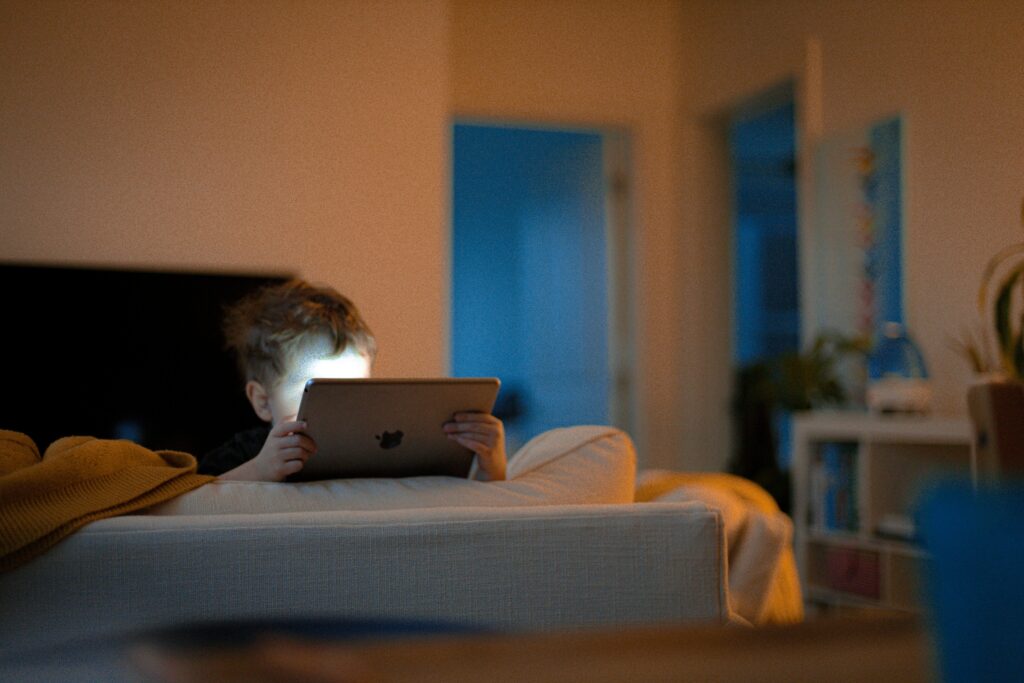In today’s digital world, screens are everywhere – from televisions and tablets to smartphones and computers. While technology can be useful for learning and entertainment, too much screentime can impact your child’s health, sleep, and social development. If you’re looking for ways to cut back without constant battles, here are some practical strategies, inspired by the teachings of this boy’s prep school in Surrey.
*This is a collaborative post
Table of Contents
Understand the Impact of Screentime
Before setting limits, it helps to understand why reducing screentime matters. Excessive screen use has been linked to issues such as:
· Poor sleep patterns
· Reduced physical activity
· Shorter attention spans
· Less face-to-face interaction
By keeping these in mind, you’ll feel more motivated to guide your child towards healthier habits.
Set Clear Boundaries
Children respond well to clear, consistent rules. Establish limits on when and how long screens can be used. For example:
· No devices during mealtimes
· A set number of hours per day
· No screens an hour before bedtime
Consistency is key. If children know the boundaries, they are more likely to follow them.
Encourage Alternative Activities
Sometimes children turn to screens simply because they’re bored. Offering alternatives can make a big difference. Encourage activities such as:
· Playing outside
· Arts and crafts
· Board games or puzzles
· Reading books together
Having fun, engaging options readily available helps reduce the temptation of endless scrolling or gaming.
Be a Role Model
Children often copy what they see. If you spend a lot of time on your phone or laptop, they’re likely to do the same. Try to model balanced screen use by:
· Putting your phone away during family time
· Watching TV together rather than separately
· Taking part in non-digital hobbies yourself
Showing them how to enjoy life away from screens sets a powerful example.
Create Screen-Free Zones
Designating certain areas of the home as screen-free encourages more interaction and focus. Popular choices include:
· The dining room – encouraging conversation at mealtimes
· Bedrooms – promoting better sleep routines
· The family garden – encouraging outdoor play
When children know there are spaces dedicated to non-digital activities, it becomes easier to establish balance.
Use Technology to Manage Technology
Ironically, technology itself can help limit usage. Many devices now include parental controls, timers, or monitoring apps that restrict screen use after a certain point. This takes the pressure off parents having to constantly police their child’s time and allows children to learn responsibility.
Make It a Gradual Change
If your child is used to long hours of screentime, cutting back too quickly may cause resistance. Start small – perhaps by reducing just 30 minutes a day – and gradually increase non-digital activities. Celebrate their efforts and highlight the positive outcomes, such as more time to play, read, or sleep.
Reducing screentime isn’t about banning technology altogether. It’s about finding a healthy balance so children can enjoy the benefits of the digital world while also developing important life skills away from screens. By setting boundaries, offering alternatives, and leading by example, you can help your child create a healthier relationship with technology.








